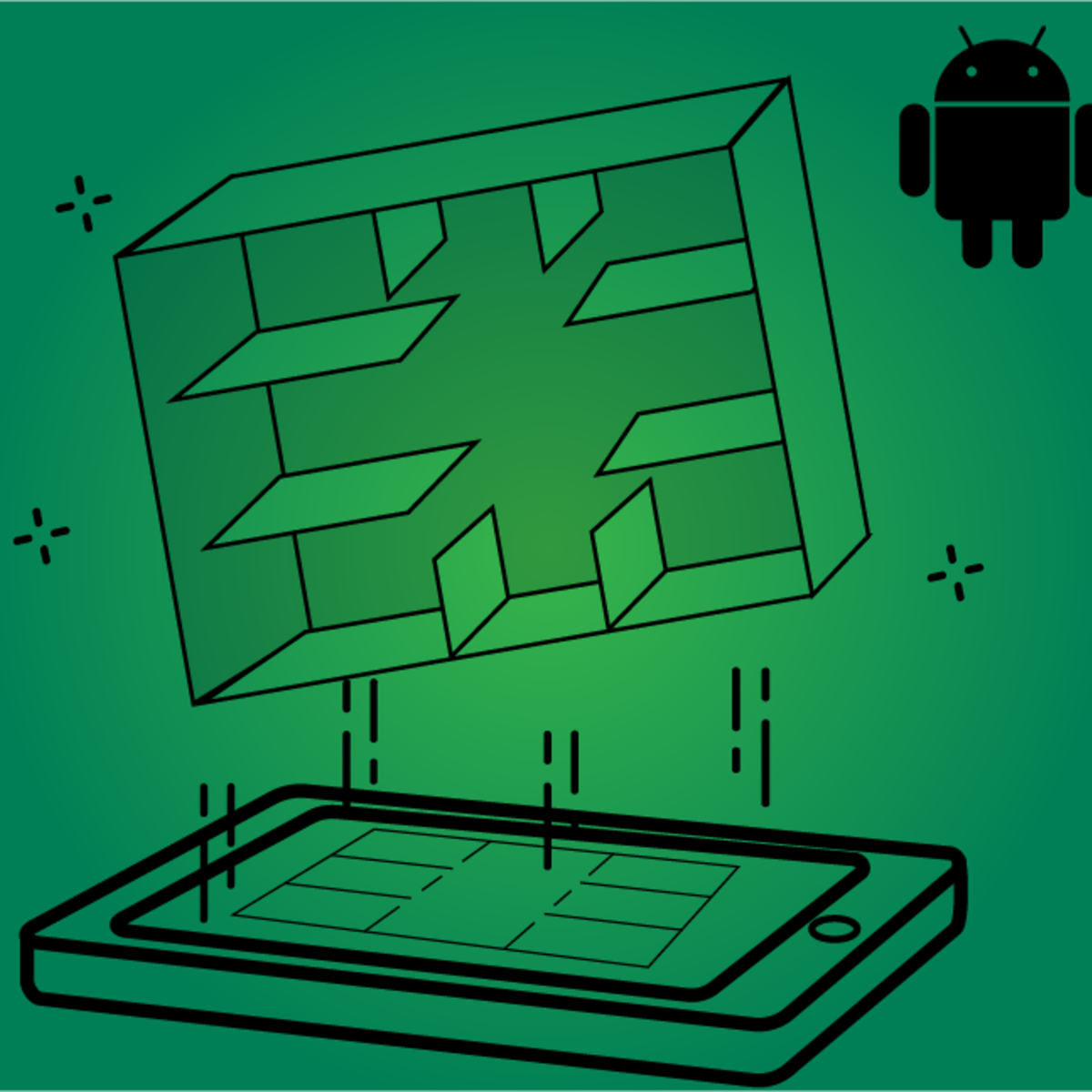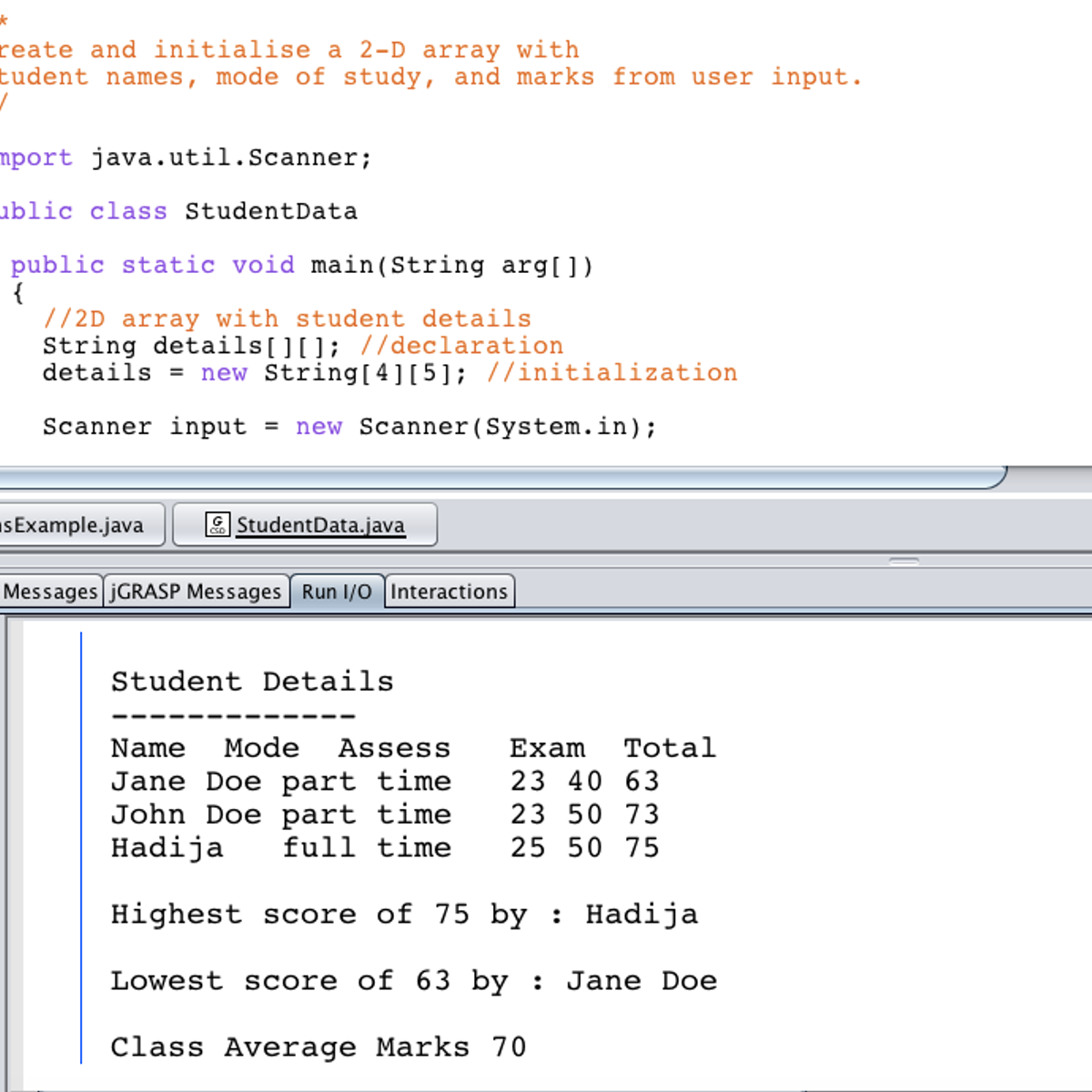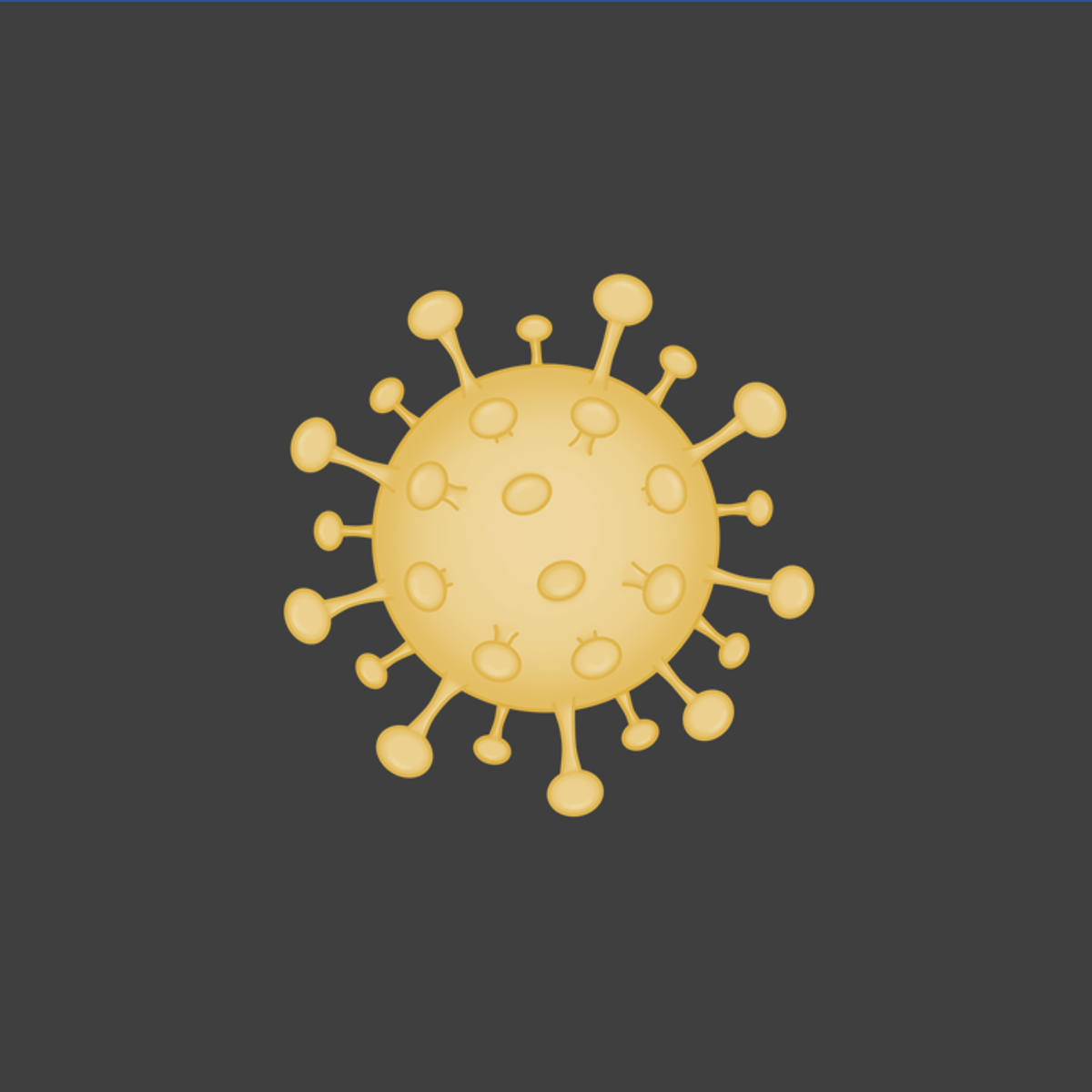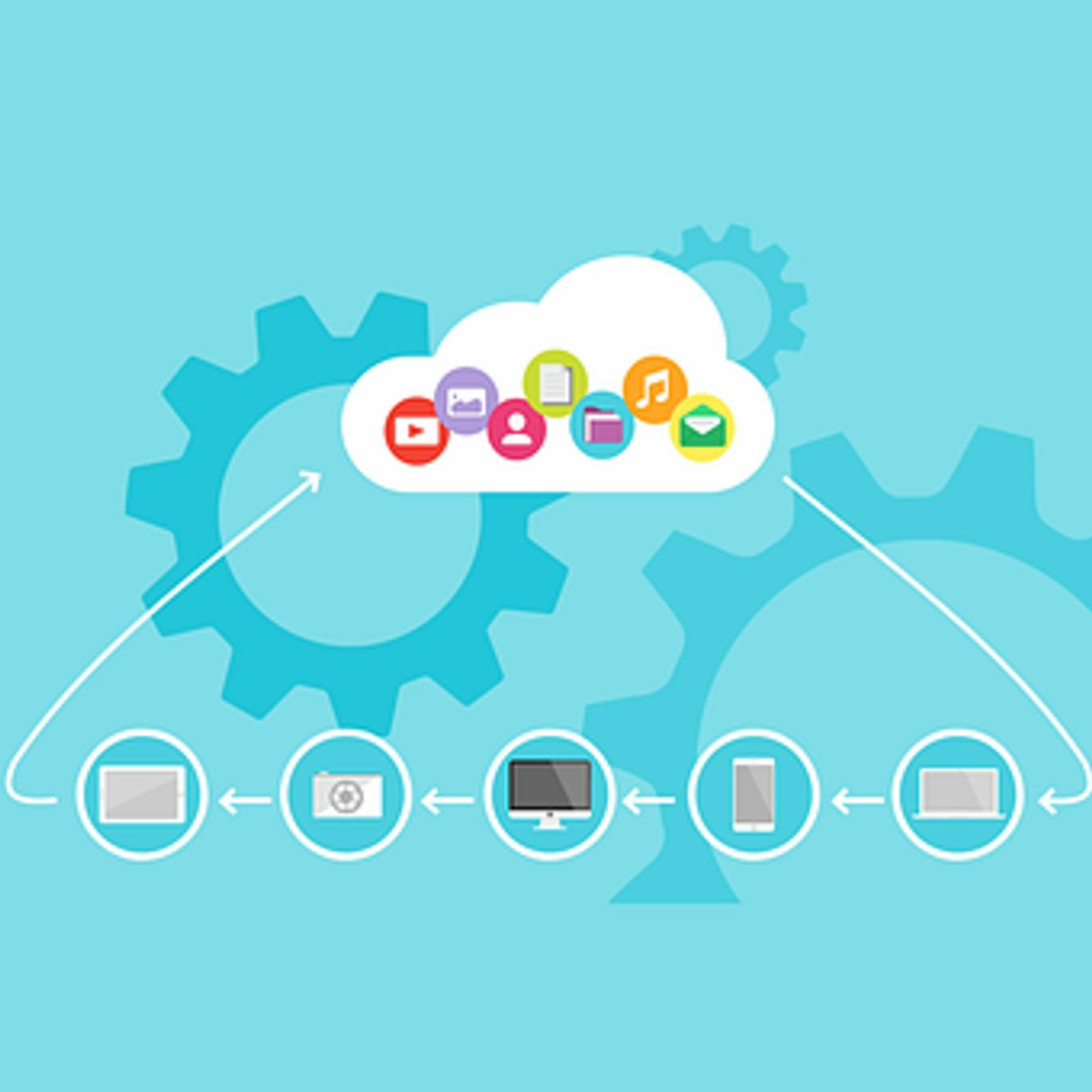Back to Courses









Software Development Courses - Page 52
Showing results 511-520 of 1266
Advanced App Development in Android Capstone
This capstone project has been designed as an opportunity to practice what you have learned in the first 3 courses of this specialisation. This capstone project consists of 4 assignments. You will have to develop an immersive Android app with the use 3D graphics, sensor control and VR. For the first assignment, you will have to develop a virtual art gallery using the Android Canvas drawing functions introduced in Course 1 "Introduction to Android graphics". The second assignment entails the design and development of a virtual 3D art gallery based on OpenGL ES applying the knowledge and skills acquired in Course 2 "Android Graphics with OpenGL ES". For the third assignment you will create a virtual reality app with your 3D art gallery, using advanced techniques like introducing sensor control, animations, binocular view for VR, lighting effects and texture mapping, based on the knowledge and skills you learned in Course 3 "3D Graphics in Android: Sensors and VR". For the final submission of the capstone project we give you the avenue to combine your creativity with all the knowledge and skills you gained in Android graphics programming from the three first courses. This capstone is intended for learners with basic knowledge in Android app development seeking to develop knowledge in computer graphics and virtual reality in Android. The learners should have completed the 3 courses in this specialisation (i.e. Course 1 "Introduction to Android graphics", Course 2 "Android Graphics with OpenGL ES", and Course 3 "3D Graphics in Android: Sensors and VR") before starting this capstone project.

Create a Record of Students using Arrays in Java
This project provides a step-by-step approach in instruction and will equip you with fundamental concepts of creating arrays and array lists in Java programming, from the ground up. Using jGRASP development environment, you will create a Java project that records and processes students’ data. The data includes name, mode of study, and marks. Using this data, you will output the student details, compute the total marks per student, determine the average mark, and the highest mark for the class. You will also be introduced to basic concepts in using array lists. By the end of this project, you will be able to write a Java program using one-dimensional arrays, two-dimensional arrays, one-dimensional array lists, and two-dimensional array lists.
If this is the first time you are learning about arrays and array lists you will benefit from writing a program from a blank sheet to a fully functioning program. If you already have programming experience, this is an opportunity to refresh your skills in array data structures. No matter your level, you will be able to apply the skills obtained from this course in real-life programming exercises. To provide you with support outside the course, you will find a pool of additional notes and exercises that you can try at home.
If you ever wanted to build on the fundamental skills in Java that you already possess and become better at using arrays, this project is the right place to start!

Build a Guessing Game in C# on Linux
By the end of of this project you will create a guessing game application that pits the computer against the user. You will create variables, static methods, decision constructs, and loops in C# to create the game.
Traditionally, C# and other Microsoft languages have been limited to the PC with Visual Studio as the IDE. Dot Net has been open-sourced and is now available on Linux. The Visual Studio Code IDE also has been fitted with a Language Extension plugin for C# as well for a pleasant developer experience on Linux.
Note: This course works best for learners who are based in the North America region. We’re currently working on providing the same experience in other regions.

Device-based Models with TensorFlow Lite
Bringing a machine learning model into the real world involves a lot more than just modeling. This Specialization will teach you how to navigate various deployment scenarios and use data more effectively to train your model.
This second course teaches you how to run your machine learning models in mobile applications. You’ll learn how to prepare models for a lower-powered, battery-operated devices, then execute models on both Android and iOS platforms. Finally, you’ll explore how to deploy on embedded systems using TensorFlow on Raspberry Pi and microcontrollers.
This Specialization builds upon our TensorFlow in Practice Specialization. If you are new to TensorFlow, we recommend that you take the TensorFlow in Practice Specialization first. To develop a deeper, foundational understanding of how neural networks work, we recommend that you take the Deep Learning Specialization.

Covid-19 Cases Forecasting Using Fbprophet
Predictive models attempt at forecasting future value based on historical data. In this hands-on project, we will analyze the transmission of Covid-19 virus across the globe and train a time-series model (fbprophet) to get the projection of corona virus-related cases in the United States.

Process File Data using C# List and Linq
By the end of this project you will create an application that uses the C# List data structure and the C# Linq to process a collection of Employees in a file.
Linq, when used with the List data structure, allows the programmer to compare and perform computations on objects without the need to access attributes directly. It simplifies the process of iterating through a list and obtaining data from user-defined objects.
Note: This course works best for learners who are based in the North America region. We’re currently working on providing the same experience in other regions.

Deploy Bridgerton NLP SMS Text Generator
Welcome to the “Deploy Bridgerton NLP SMS Text Generator” guided project.
In this project, we will deploy an NLP text generator model that sends text messages of generated words to a phone number via SMS through a python Streamlit app. The model has been trained on quotes from Netflix's popular tv show "Bridgerton".
This project is an intermediate python project for anyone interested in learning about how to productionize natural language text generator models as a Streamlit app on Heroku and leveraging python modules to send SMS texts.
It requires preliminary knowledge on how to build and train NLP text generator models (as we will not be building or training models), how to utilize Git, and how to leverage multiple Python modules like the email and smtp modules. Learners would also need a Heroku account and some familiarity with the Python Streamlit module.
At the end of this project, learners will have a publicly available Streamlit web app that leverages natural language processing text generation to send generated Bridgerton quotes via SMS to a phone number.

Manage container images using AWS
Welcome to "Manage container images using AWS".
In this guided project you will learn how to manage your container images using AWS services like Elastic Container Registry, AWS CodePipeline and AWS CodeBuild. The task-based approach that we follow in our guided project will get you a better understanding of various AWS services that comes very handy while working on your real-life projects. Most importantly you will leave this course with more confidence that will get you to work in AWS cloud provider more efficiently.
If you have questions about course content, please post them in the forums to get help from others in the course community. For technical problems with the Coursera platform, visit the Learner Help Center.
Good luck as you get started, and I hope you enjoy the course!
Happy learning !!!!!

Introduction to Python
Learning Python gives the programmer a wide variety of career paths to choose from. Python is an open-source (free) programming language that is used in web programming, data science, artificial intelligence, and many scientific applications. Learning Python allows the programmer to focus on solving problems, rather than focusing on syntax. Its relative size and simplified syntax give it an edge over languages like Java and C++, yet the abundance of libraries gives it the power needed to accomplish great things.
In this tutorial you will create a guessing game application that pits the computer against the user. You will create variables, decision constructs, and loops in python to create the game.
Note: This course works best for learners who are based in the North America region. We’re currently working on providing the same experience in other regions.

Simple Retrieval Queries in MySQL Workbench
In this beginning-level course you will use MySQL Workbench to write basic SQL queries that retrieve data from tables in a relational database. As a DBMS (database management system), MySQL is used by many organizations for managing a variety of types and sizes of databases. MySQL Workbench acts as an integrated development environment allowing users to work with relational databases using a visual user interface rather than the command line. In hands-on activities in MySQL Workbench, you will write and execute the SQL code that retrieves data to satisfy a request. In addition, you will include the filters, sorting, and calculated columns to produce required output.
Note: This course works best for learners who are based in the North America region. We’re currently working on providing the same experience in other regions.
Popular Internships and Jobs by Categories
Browse
© 2024 BoostGrad | All rights reserved


